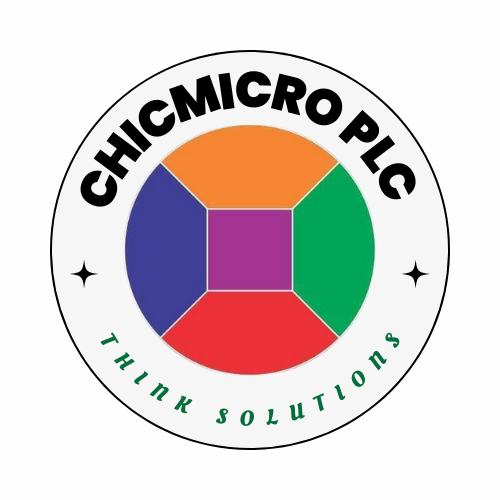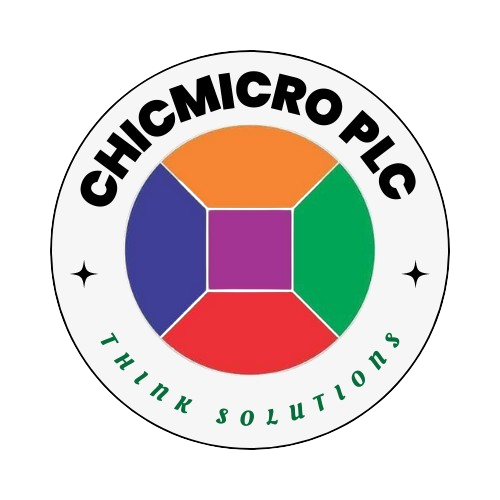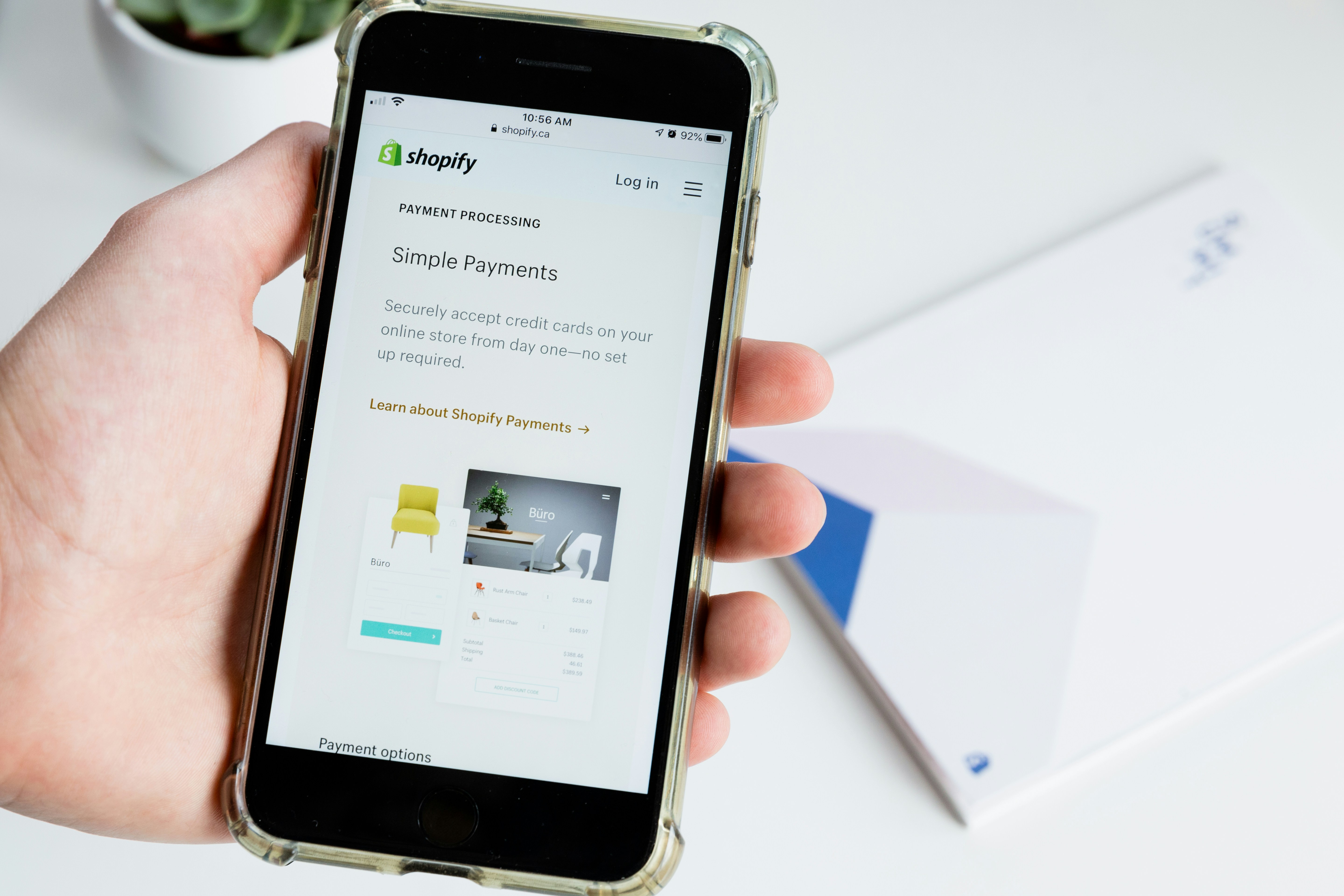
Introduction
Appointment confirmations serve as a crucial element in the scheduling process for businesses across various sectors, including healthcare, beauty, services, and more. These confirmations, typically delivered via email or text message, help to establish clear communication between service providers and clients. They not only confirm the details of the appointment but also provide an opportunity for businesses to convey essential information, such as location, services, and applicable policies.
The significance of well-crafted appointment confirmation messages cannot be overstated. For clients, receiving a confirmation allows them to verify the time and date of their appointment, reducing confusion and anxiety about missed commitments. This proactive communication fosters a sense of reliability and trust in the services rendered, thus enhancing the overall client experience. On the other end, businesses benefit immensely from adopting effective confirmation strategies. By ensuring clients are reminded of their appointments, companies can minimize the chances of no-shows, which can significantly impact productivity and revenue.
In this context, reducing missed appointments is a pivotal advantage of confirmation messages, leading to greater scheduling efficiency. Effective communication through appointment confirmations not only reassures clients but also streamlines the operational aspects for businesses. By utilizing clear and professional templates, companies can set the tone for their communication and reinforce the importance of maintaining scheduled commitments.
Ultimately, incorporating well-designed appointment confirmation systems serves to uphold professionalism, improve attendance rates, and create a lasting impression on clients. In today’s fast-paced world, where busy schedules are the norm, confirming appointments is more essential than ever for fostering successful relationships between businesses and their clientele.
The Importance of Appointment Confirmation
Appointment confirmations are a pivotal component of effective scheduling in various industries. They serve multiple purposes, not only ensuring that clients are aware of their scheduled time but also reinforcing their commitment to the appointment. By sending confirmations, businesses can enhance client relationships, as this simple gesture reflects professionalism and respect for the client’s time.
One significant benefit of confirming appointments is the reduction of no-show rates. It is well-documented that reminders decrease the likelihood of clients forgetting their commitments. This reduction has profound financial implications for businesses, as no-shows can lead to lost revenue and wasted resources. By confirming appointments, organizations can mitigate these risks and improve their overall time management. Allocating time slots to clients who are prepared to attend helps in optimizing daily schedules and increases operational efficiency.
Moreover, the cost-effectiveness of sending out appointment confirmations cannot be overstated. In the digital age, automated reminders via email or text messages can be set up with minimal costs, while simultaneously enhancing the customer experience. Clients appreciate reminders, as they help them manage their schedules better, leading to increased satisfaction and loyalty. The feedback from clients often indicates that they feel valued when a business takes the extra step to confirm their appointments. This simple act can thus serve as a tool for building trust and reliability in client relationships.
In summary, the role of appointment confirmations extends beyond mere reminders. They are integral in fostering strong client interactions, reducing no-show incidents, and bolstering effective time management. Businesses that prioritize appointment confirmations will likely see improvements in customer satisfaction and overall operational effectiveness.
Best Practices for Sending Confirmation Messages
Sending appointment confirmation messages is crucial for minimizing no-shows and ensuring a well-organized schedule. There are several best practices that one should follow to maximize the effectiveness of these communications. Firstly, the timing of sending these confirmations can significantly impact attendance rates. Ideally, confirmations should be sent immediately after the appointment is scheduled, followed by a reminder closer to the appointment date. This two-step approach reinforces the commitment and allows clients the opportunity to reschedule if necessary.
Personalization is another vital factor in crafting effective confirmation messages. Addressing the recipient by their name not only adds a personal touch but also fosters a connection that can enhance customer relationships. Consider including specific details about the appointment within the message, such as the date, time, and location, as well as any pertinent information (for example, what to bring or how to prepare). This attention to detail can significantly improve the engagement level of the recipient.
Maintaining a professional tone in your confirmation messages is essential, as it reflects your brand’s values. Use clear language, avoid jargon, and keep the message concise to ensure it is easily understood. Moreover, consider the mode of communication that best suits your audience—whether it’s via email, text, or direct messaging—tailoring your approach to best fit their preferences.
Finally, incorporating relevant information, such as cancellation policies or contact details for follow-up questions, can further enhance the effectiveness of your confirmation messages. By adhering to these best practices, you can streamline your scheduling process, improve client satisfaction, and ultimately minimize missed appointments.
Template 1: Simple Confirmation Email
In the realm of professional scheduling, utilizing a simple appointment confirmation email template is essential for ensuring clarity and organization. This generic format can easily be adapted to various services, providing a consistent approach to confirm appointments with clients or customers.
The appointment confirmation email should include several key elements to ensure that all pertinent information is conveyed effectively. First, begin with a polite salutation, addressing the recipient by name to personalize the communication. Next, explicitly state the purpose of the email, which is to confirm the appointment.
Include the specific date and time of the appointment, as well as the location. This information should be prominently displayed, allowing the recipient to quickly identify the details. If necessary, also provide directions or any important notes regarding the location to prevent confusion. For instance, if the appointment is at a facility requiring check-in, mention what the client needs to do upon arrival.
Additionally, it is advisable to incorporate a brief outline of what to expect during the appointment. This could include any documents or materials the recipient needs to bring along or any preparations they should complete beforehand. By providing these instructions, you help foster a smoother experience for both parties.
In situations where the appointment might require changes, it’s prudent to offer alternative contact methods. Encouraging clients to reach out if they need to reschedule or if they have questions can improve communication and strengthen relationships. This simple confirmation email template is applicable for one-on-one meetings, consultations, and other services, making it a versatile tool in any professional’s scheduling toolkit.
Template 2: Friendly Reminder Text Message
In today’s fast-paced world, maintaining effective communication with clients is essential, and a friendly reminder text message serves as an invaluable tool for confirming appointments. This template strikes a balance between being approachable and informative, helping clients feel at ease while ensuring that all critical details are communicated efficiently. A well-crafted text not only serves as a reminder but also reinforces the relationship between the client and the service provider.
Here’s a concise example of a friendly reminder text message: “Hi [Client’s Name]! Just a friendly reminder about your upcoming appointment with us on [Date] at [Time]. If you have any questions or need to reschedule, don’t hesitate to reach out. Looking forward to seeing you!” This format captures essential details such as the client’s name, appointment date, and time while maintaining a light-hearted tone. It encourages engagement by inviting clients to communicate any questions or changes.
When creating a reminder text, it’s crucial to keep it short and sweet. The aim is to convey key information clearly without overwhelming the recipient. Use friendly language that reflects your brand’s personality, avoiding jargon or overly formal expressions. Moreover, including a warm closing statement, such as “Looking forward to seeing you,” establishes a sense of anticipation for the appointment, fostering a positive client experience.
In addition, personalizing messages when possible enhances client rapport. For instance, if you know they enjoy a particular service or product, referencing this within the reminder can make the client feel valued and appreciated. Overall, a friendly reminder text message can streamline scheduling and maintain a connection with your clients, ensuring they feel well-informed and welcomed as they approach their appointment.
Template 3: Confirmation with Follow-Up Questions
In the realm of appointment scheduling, effective communication is vital. A confirmation message that goes beyond merely confirming the date and time can greatly enhance the client experience. This particular template includes follow-up questions that engage clients and encourage them to share any specific needs they might have prior to the appointment. By incorporating such inquiries, the template not only confirms the appointment but also instills a sense of care and attentiveness from the service provider.
Here is a simple template illustrating this concept:
“Dear [Client’s Name],
Thank you for scheduling your appointment with us on [Date] at [Time]. We are looking forward to meeting you! To ensure we address all your needs, please confirm your attendance at your earliest convenience. Additionally, if you have any specific requirements or questions regarding your appointment, do not hesitate to let us know. Your feedback is important to us, and we want to ensure that your experience is as seamless as possible.”
This structure encourages proactive communication. Clients are prompted to verify their attendance, a crucial step to mitigate no-shows, while also having the opportunity to express any special requests. This twofold approach is beneficial for both parties. Clients appreciate the attention to their needs, and service providers can tailor their offerings more effectively.
Moreover, this confirmation template can serve as a starting point for building rapport with clients. By inviting them into the conversation, it fosters an interactive relationship, demonstrating that their opinions and preferences matter. Such inclusiveness could lead to increased client satisfaction and loyalty, laying a solid foundation for ongoing interactions.
Template 4: Detailed Confirmation with Instructions
In today’s fast-paced world, ensuring that clients are fully prepared for their appointments can significantly enhance their experience. A detailed confirmation template with clear instructions serves as a pivotal tool for organizations that require specific preparations prior to an appointment. This template should act as a comprehensive guide, detailing all necessary information that would assist clients in readying themselves effectively.
The format of this confirmation should commence with a polite greeting, acknowledging the client by name, followed by a summary of the appointment. For instance, include the date, time, and location of the meeting. Following this introduction, it’s vital to lay out any essential instructions they need to follow. This could pertain to documents they should bring, forms they need to complete, or even specific attire required for the appointment. Utilizing bullet points or numbered lists can improve clarity and allow clients to quickly absorb the information.
Moreover, including contact information for any questions or concerns is key. This not only demonstrates your commitment to customer service but also provides a chance for clients to seek clarification on any ambiguous details. Furthermore, incorporating a section on the expected duration of the appointment can help clients plan their schedules accordingly.
Additionally, to enhance the professional appearance of the communication, utilize a clear and concise writing style, free from jargon or overly technical language. It is important that all instructions are straightforward to ensure all clients, regardless of their backgrounds, understand and can follow them. By employing a detailed confirmation template that includes specific preparations, you can foster a more organized and efficient appointment process while providing a level of service that encourages client satisfaction and preparedness.
Template 5: Last-Minute Confirmation Message
In the fast-paced world of business, timing is essential, and sometimes appointments are confirmed on short notice. A last-minute confirmation message serves to ensure that both parties are aligned and prepared for the meeting or service intended. This template is specifically designed to reflect a sense of urgency while maintaining a professional tone, suitable for a variety of contexts.
When creating a last-minute confirmation message, it is crucial to include all relevant details clearly and concisely. The structure should typically include the date and time of the appointment, the service or meeting description, and any necessary instructions for the recipient. An example template might begin with a greeting, followed by a clear statement of the appointment’s specifics. For instance:
“Dear [Client’s Name], this is a reminder that your appointment is scheduled for [Date] at [Time]. We look forward to seeing you and appreciate your prompt confirmation.” This format conveys urgency while ensuring the recipient has all the necessary information at their fingertips.
Additionally, it is beneficial to provide an avenue for the recipient to confirm or reschedule their appointment quickly. For instance, including a phone number or a link to an online scheduling system can facilitate immediate responses. Concluding the message with a thank you can further enhance the professionalism of the communication. For example:
“Please reply to this message or call us at [Phone Number] to confirm your attendance. Thank you for your attention to this important matter.” This allows for a polite close, making the recipient feel valued, even in the hurried context of a last-minute confirmation.
By utilizing this last-minute confirmation template, businesses can strengthen their communication, minimize misunderstandings, and enhance the overall appointment scheduling process.
Template 6: Cancellation and Rescheduling Confirmation
Cancellations and rescheduling can occur for various reasons, often leading to potential inconveniences for both clients and businesses. Developing an effective template for confirmation communication is essential to manage these situations gracefully. The key to handling such communications lies in sensitivity and clarity.
When notifying clients about cancellations or the need to reschedule, it is vital to express empathy and understanding. Begin the message by acknowledging the impact of the change, ensuring to convey that you value the client’s time. The tone should be friendly yet professional, maintaining the integrity of the business-client relationship.
For instance, a cancellation confirmation template might read as follows:
Subject: Appointment Cancellation Confirmation
Dear [Client’s Name],
We are reaching out to confirm the cancellation of your appointment scheduled for [Date and Time]. We understand that unforeseen circumstances can arise, and we appreciate your timely notification.
Should you wish to reschedule, we would be more than happy to assist you in finding a new date and time that better suits your availability. Please feel free to contact us at your earliest convenience.
Thank you for your understanding, and we look forward to serving you soon.
Best regards,
[Your Name]
[Your Position]
[Your Company]
Alternatively, if a client is rescheduling, the confirmation should emphasize appreciation for their flexibility. For example:
Subject: Appointment Rescheduling Confirmation
Dear [Client’s Name],
This message serves to confirm the rescheduling of your appointment to [New Date and Time]. We are grateful for your understanding and flexibility regarding this change.
If there are any additional details or requests you have, please do not hesitate to let us know. We strive to provide you with the best service possible and are here to accommodate your needs.
Thank you once again for your cooperation.
Kind regards,
[Your Name]
[Your Position]
[Your Company]
By utilizing these templates effectively, businesses can navigate cancellations and rescheduling smoothly, ensuring that clients feel valued and respected throughout the process. This approach to communication not only mitigates potential dissatisfaction but also fosters a strong, trusting relationship between the business and its clients.
Conclusion
In the realm of effective scheduling, appointment confirmations play a pivotal role in fostering clarity and accountability between service providers and their clients. The significance of sending timely and informative appointment confirmations cannot be underestimated, as it enhances customer satisfaction and reduces the likelihood of no-shows. By adopting structured templates, businesses can streamline this process, ensuring that communication remains clear and professional.
The six appointment confirmation templates provided throughout this article serve as valuable resources for various situations, each designed to meet the unique needs of different industries. Utilizing these templates not only saves time but also ensures that essential information—such as date, time, and location—is conveyed clearly to clients. Additionally, consistent confirmation messages contribute to establishing trust and professionalism, which are crucial in cultivating long-lasting client relationships.
By implementing best practices for appointment confirmations, businesses can minimize scheduling errors and enhance overall operational efficiency. Regularly utilizing these templates for client communications will contribute significantly to a streamlined appointment management strategy. As a result, service providers can expect improved attendance rates and a more organized schedule, paving the way for more successful interactions with their clientele.
In summary, the integration of appointment confirmation templates into your scheduling process is an effective strategy for enhancing communication and efficiency. By taking advantage of these tailored resources, you can foster a systematic approach to appointment management that addresses the needs of both your business and your clients. Adopting these practices will undoubtedly lead to improved scheduling dynamics and a more professional client experience.





